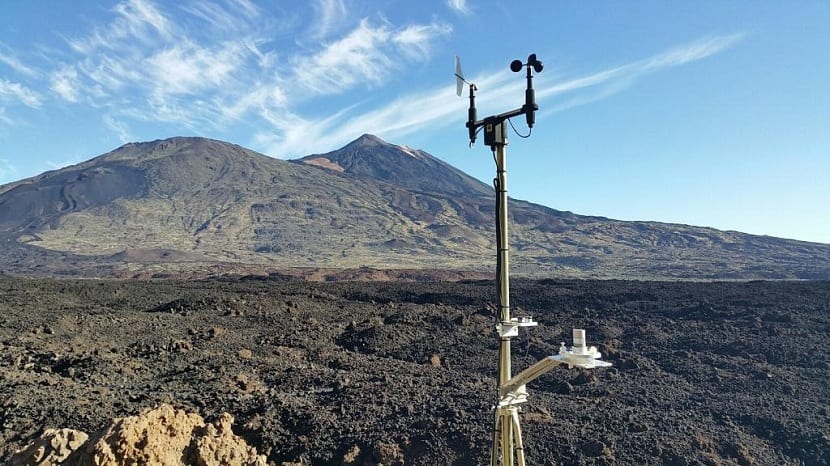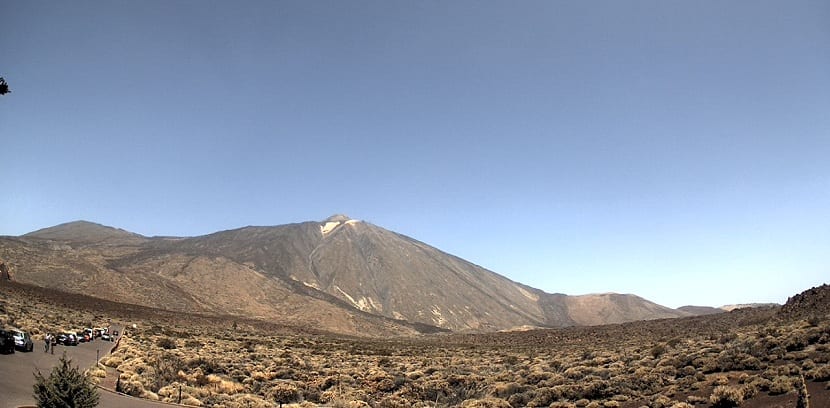
The study of climate change is essential to know the negative effects and be able to anticipate, creating management and administration policies of the territory and natural resources.
En Teide National Park there are meteorological stations that are in charge of monitoring the effects that are related to climate change. Starting in November, the number of stations will rise to seven.
Study climate change
It is necessary to expand the monitoring network of the phenomena and effects that have to do with climate change if we want to be able to develop adaptation plans and programs to the new scenarios that await us in the future.
In this case, the expansion of the monitoring network through the meteorological stations of the Teide National Park belongs to a global program carried out the Autonomous Organization of National Parks (OAPN) In which the Picos de Europa, Sierra Nevada, Cabrera, Ordesa and Monte Perdido, Cabañeros, Islas Atlánticas and Taburiente also participate.
The objective of this increased follow-up is to be able to assess the impact of climate variability to be able to anticipate and create models that help with weather prediction. These stations measure the values of temperatures, rainfall, wind and incident solar radiation throughout the year every ten minutes. With all these data, models are generated in which, depending on the behavior of the meteorological variables throughout all the records obtained, the path that these variables will take with the increase in the greenhouse effect and fluctuations in the climate can be estimated.
Increase in seasons

The five current stations are located at the base of the Las Cañadas caldera and the new ones will be located at altitudes of 2.700 and 3.200 meters to obtain precise information on the implications of the altitude gradient of the Teide peak.
The number of stations will rise to seven since it is essential to place them on this site because it is in these places where the effects of climate change are perceived with greater intensity.
The temperature at these altitudes has been increasing at a rate of more than one tenth and a half of a degree per decade for more than seventy years, an advance higher than the average for Tenerife, which stands at one tenth of a degree per decade, and the global average.